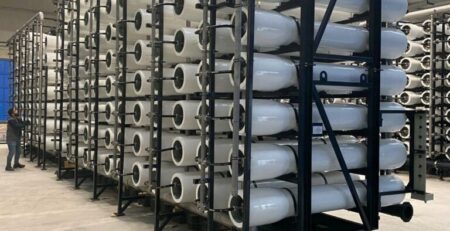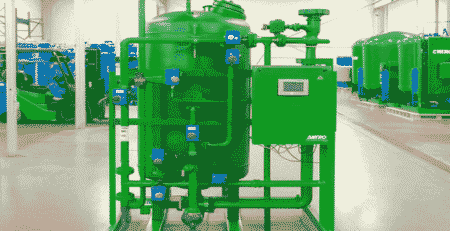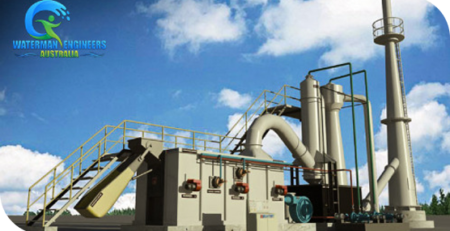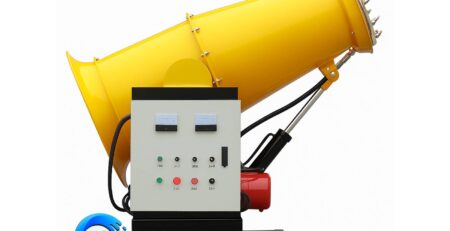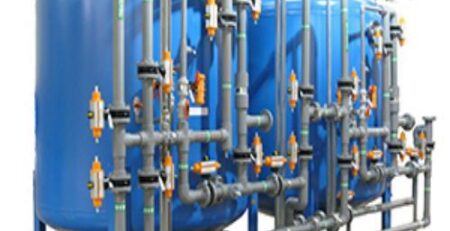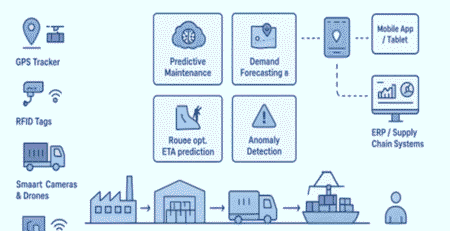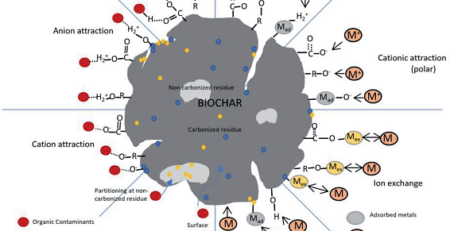Wastewater Sludge Treatment Plants: A Comprehensive Guide to Clean Water
The treatment of wastewater sludge is crucial to maintaining the cleanliness of our water supply. Without proper treatment, harmful pollutants and contaminants can seep into the environment and cause damage to both humans and wildlife. Wastewater sludge treatment plants play a critical role in ensuring that water is treated properly and released back into the environment safely.
In this comprehensive guide, we will explore the ins and outs of wastewater sludge treatment plants, including how they function, the equipment used, and their environmental impact. By the end of this article, you will have a better understanding of the importance of these facilities and the role they play in keeping our water supply safe and clean.
How Do Wastewater Sludge Treatment Plants Work?
Wastewater sludge treatment plants work by using a variety of processes to remove pollutants and contaminants from the water. These processes typically include:
- Primary Treatment: This process involves the use of physical and mechanical means to remove large solids and debris from the wastewater. This includes the use of screens and settling tanks to filter out large particles.
- Secondary Treatment: In this process, biological and chemical means are used to break down organic matter and remove nutrients from the wastewater. This includes the use of bacteria and other microorganisms to break down pollutants and contaminants.
- Tertiary Treatment: This final process is used to further treat the water to remove any remaining pollutants or contaminants. This can include the use of advanced filtration methods, such as reverse osmosis, to remove impurities from the water.

What Equipment Is Used in Wastewater Sludge Treatment Plants?
Wastewater sludge treatment plants use a variety of equipment to perform the treatment process. Some of the most common pieces of equipment include:
- Screens: These are used in the primary treatment process to filter out large solids and debris from the wastewater.
- Clarifiers: These are used in the primary and secondary treatment processes to separate solids from liquids.
- Aeration Tanks: These are used in the secondary treatment process to provide oxygen to the microorganisms that break down pollutants and contaminants.
- Digesters: These are used to break down organic matter in the wastewater and produce biogas, which can be used as a source of energy.
- Filters: These are used in the tertiary treatment process to remove any remaining pollutants or contaminants from the water.
What Is the Environmental Impact of Wastewater Sludge Treatment Plants?
Wastewater sludge treatment plants can have both positive and negative environmental impacts. On the positive side, these facilities help to ensure that water is treated properly and released back into the environment safely. This can help to prevent the spread of harmful pollutants and contaminants, which can be damaging to both humans and wildlife.

However, wastewater sludge treatment plants can also have negative environmental impacts. These facilities require a significant amount of energy to operate, which can contribute to greenhouse gas emissions and other forms of pollution. Additionally, the disposal of treated wastewater sludge can also pose environmental risks if it is not done properly.
FAQs on Wastewater Sludge Treatment Plants
Q: What is wastewater sludge?
A: Wastewater sludge is the semi-solid material that remains after the wastewater treatment process. It contains both organic and inorganic matter, as well as pollutants and contaminants.
Q: Why is wastewater sludge treated?
A: Wastewater sludge is treated to remove pollutants and contaminants from the water, and to ensure that it is safe to release back into the environment.
Q: How is wastewater sludge treated?
A: Wastewater sludge is typically treated using a combination of physical, chemical, and biological processes to remove pollutants and contaminants from the water.
Q: What happens to the treated wastewater sludge?
A: Treated wastewater sludge can be used for a variety of purposes, including as a fertilizer, as landfill cover, or as a source of energy.
Q: Are wastewater sludge treatment plants harmful to the environment?
A: While wastewater sludge treatment plants can have negative environmental impacts, they are generally considered to be less harmful than untreated wastewater. Properly treated wastewater is typically safe to release back into the environment.
Q: How can I learn more about wastewater sludge treatment plants?
A: There are many resources available online, including government websites and industry associations, that can provide more information on wastewater sludge treatment plants and the treatment process.
Conclusion:
Wastewater sludge treatment plants are an essential part of maintaining a clean and safe water supply. These facilities use a variety of processes and equipment to remove pollutants and contaminants from the water, ensuring that it is safe to release back into the environment. While wastewater sludge treatment plants can have negative environmental impacts, they are generally considered to be less harmful than untreated wastewater. By understanding the importance of wastewater sludge treatment plants and the role they play in ensuring clean water, we can all do our part to protect the environment and promote sustainability.



